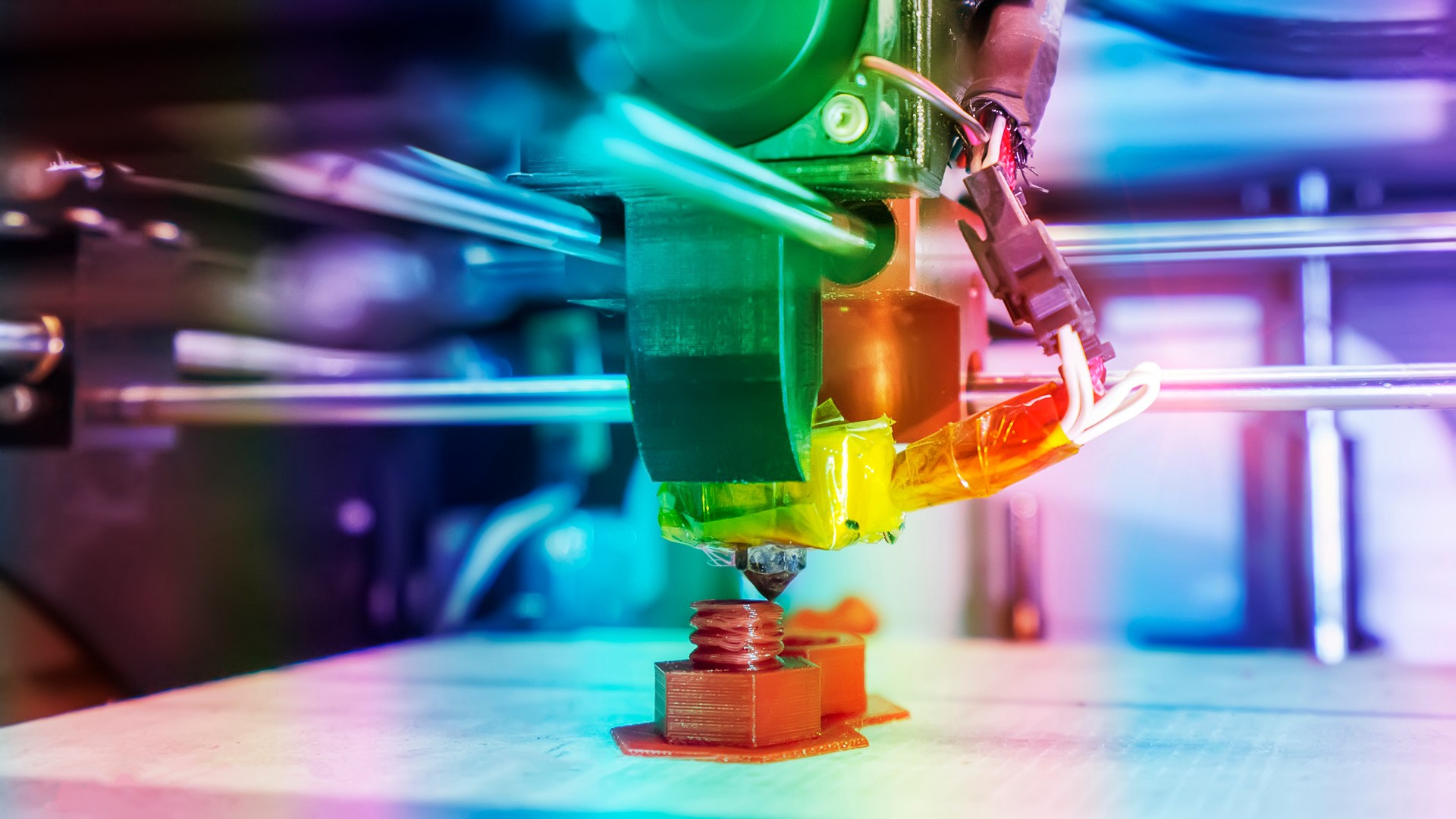Energy is a fundamental concept in physics, defined as the capacity to do work.1 It exists in various forms, each with its own unique characteristics and applications.2
Forms of Energy:
- Kinetic Energy: The energy of motion. Examples include a moving car, a falling object, and the wind.3
- Potential Energy: Stored energy that has the potential to be released.4 Examples include gravitational potential energy (an object raised above the ground), chemical potential energy (stored in bonds between atoms), and elastic potential energy (stored in a stretched spring).5
- Thermal Energy: The internal energy of a system due to the motion of its atoms and molecules.6 It is often associated with heat.
- Radiant Energy: Energy carried by electromagnetic waves, such as light, radio waves, and X-rays.7
- Electrical Energy: The energy associated with the flow of electric charge.
- Nuclear Energy: Energy released during nuclear reactions, such as fission and fusion.8
Energy Transformations:
Energy can be transformed from one form to another.9 For example, when you turn on a light bulb, electrical energy is converted into light and heat energy.1011 In a car engine, chemical energy stored in gasoline is converted into mechanical energy to power the vehicle.12
The Importance of Energy:
Energy is essential for all aspects of modern life. It powers our homes, transportation systems, industries, and technologies.13 Access to reliable and affordable energy is crucial for economic growth, social development, and human well-being.14
The Energy Challenge:
Meeting the world’s growing energy needs while minimizing environmental impact is a significant challenge. The reliance on fossil fuels has led to environmental concerns such as climate change and pollution.15
The Transition to Clean Energy:
The transition to cleaner and more sustainable energy sources, such as renewable energy (solar, wind, hydro), is crucial for addressing the challenges of climate change and ensuring a sustainable future.16




